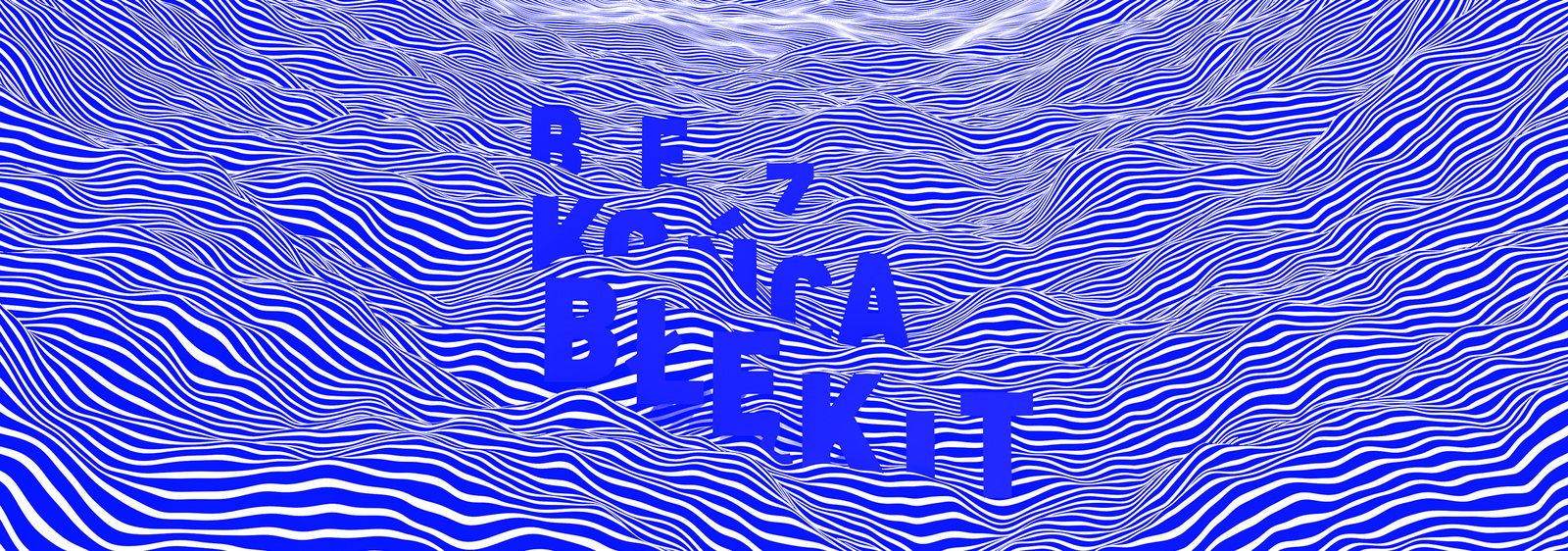The common area of interest linking the creative explorations of Joanna Tochman and Daria Wollman is the concept of landscape and its perception as a cultural construction, a set of representations, myths and legends and the human emotions projected onto it.
By combining the artists' works into a kind of overall scenographic installation, the exhibition tells the story of a place where a man-made landscape has the power to take on a life of its own. This surrealistic-geological space, seemingly pleasant, becomes disturbing after a while and makes us lose our balance and control over reality.
Different types of landscape evoke different emotions. There are a number of studies that analyse the effects of landscape on humans. Contemplation of nature activates areas of the brain associated with stress reduction. According to the Restorative Environment Theory (Restorative Environment Theory), landscape has the ability to restore mental and physical balance. Elements of nature, such as greenery, water and open spaces, contribute to a decrease in cortisol levels and blood pressure.
The exhibition The Endless Blue refers to a transcendental landscape that has both a narrative and philosophical function. One of the references used by the authors is Italo Calvino's short stories. Exploring themes of labyrinths, the density of reality and its multilayeredness, Calvino constructs cosmic landscapes as unexplored spaces that become symbols of the infinite and inexpressibility of human experience. In the short story Everything at One Point, the author takes us back to a time before the expansion of the universe, a vision inspired by the scientific model of the Big Bang. In it, he describes the difficulty of existing in a reality where everything is so compacted and compressed that there is no space for movement. The protagonist tries to move, to find his place and to distinguish himself, but the conditions are extreme. The sense of personal identity becomes blurred because it is impossible to distinguish oneself from anything else. Only the changes in the landscape allow the protagonist to create his own individuality.
Daria Wollman - visual artist living and working in Katowice. She is a graduate of graphic design at the Academy of Fine Arts and Design in Katowice. In 2021 she obtained her diploma in the Literature Interpretation Studio of Prof. Grzegorz Hańderek. She graduated from the State Secondary Music School in Zabrze in the accordion class. She works mainly in sculpture, object and painting. For several years, she has been creating works drawing inspiration from legends and ancient stories of the Podhale region, combining them with vivid colours, flash and organic forms. In her work we find elements of kitsch, which are a play on aesthetics and a reference to the contemporary image of Zakopane.
- Exhibition
- 26 April ‒ 6 June 2025
- artist: Joanna Tochman, Daria Wollman
- curator: Agata Cukierska, Katarzyna Kalina
- opening: 26.04 (Saturday), 7:00 pm
- tickets: 3 PLN (reduced), 6 PLN (regular)
